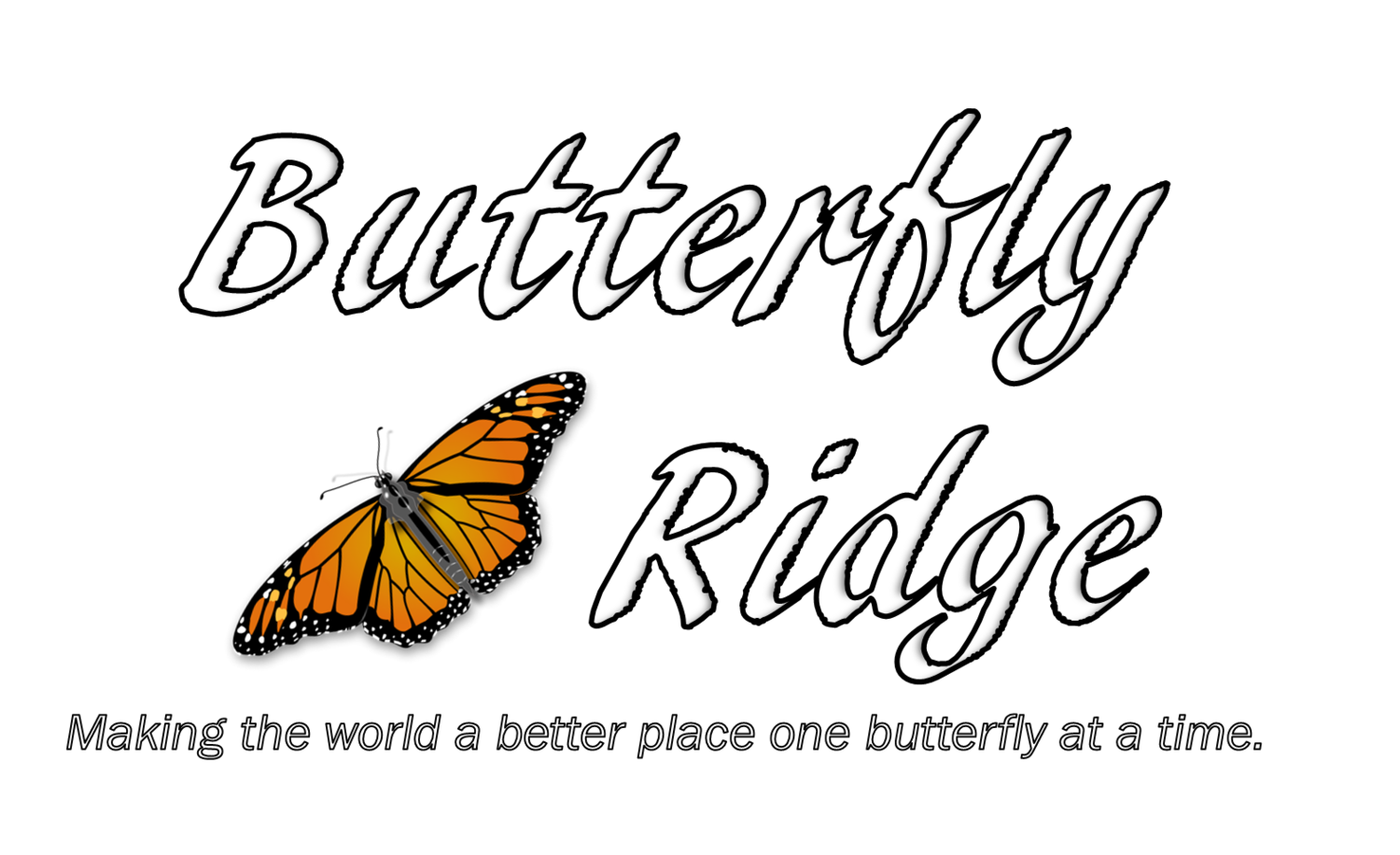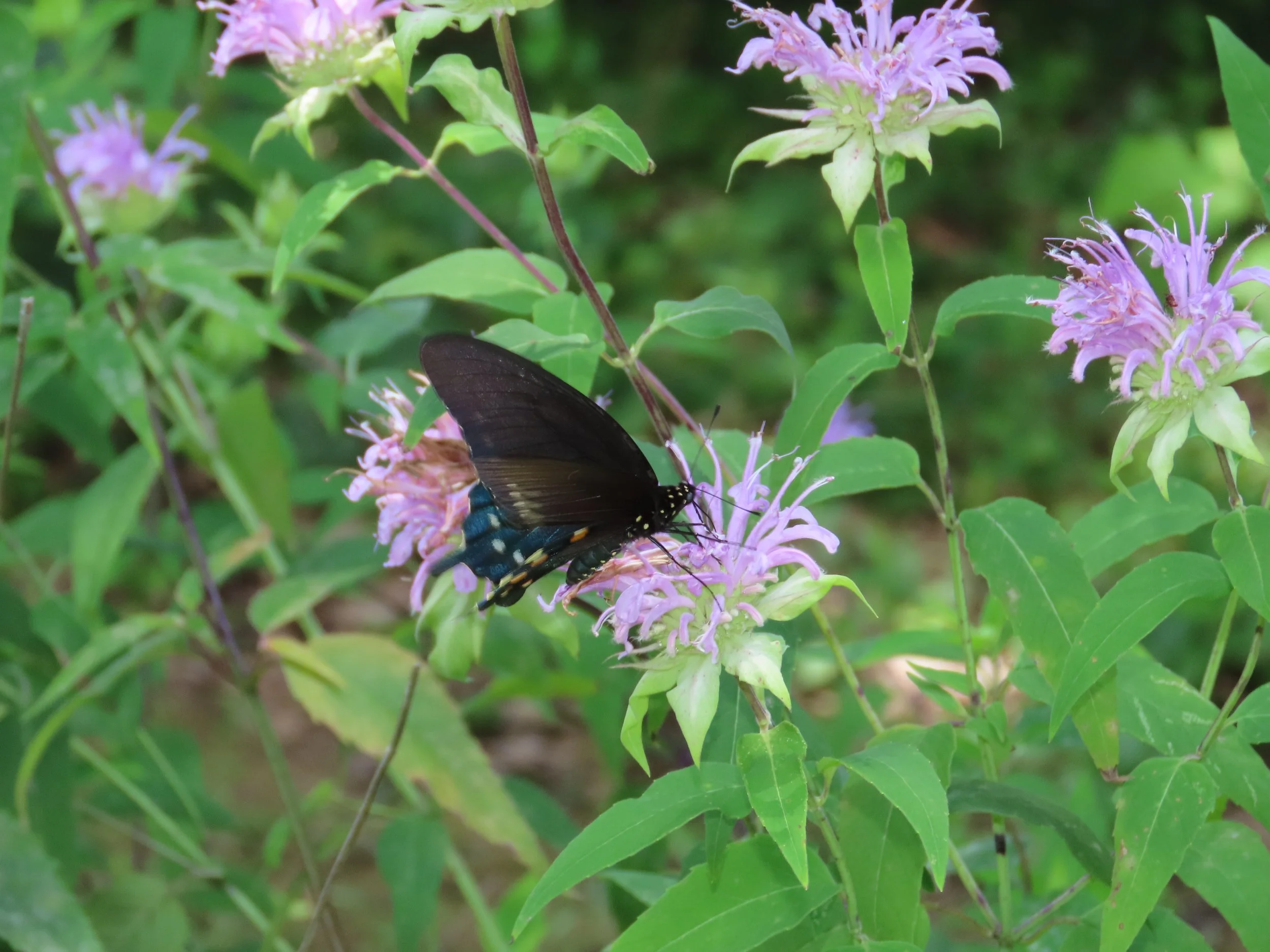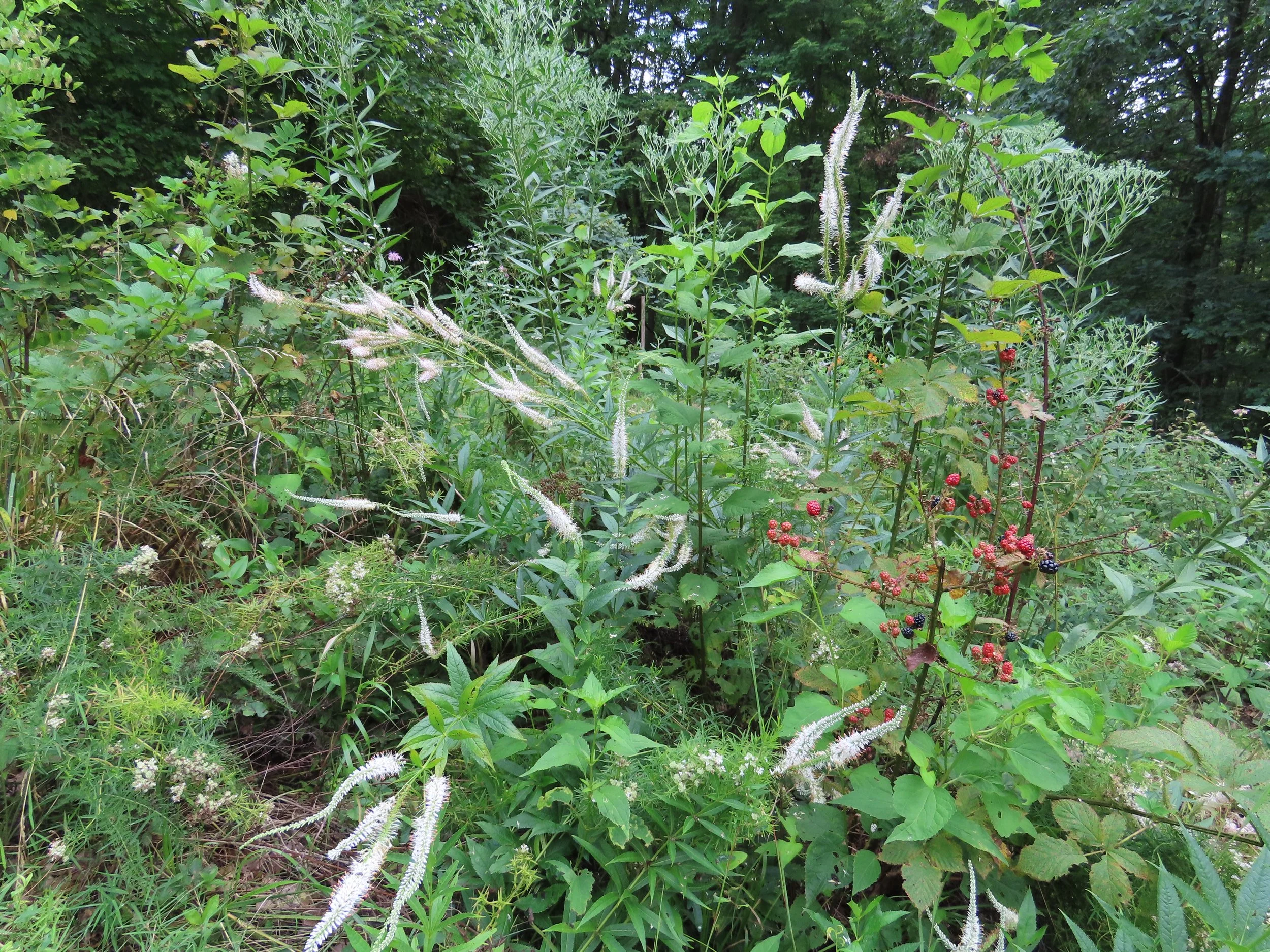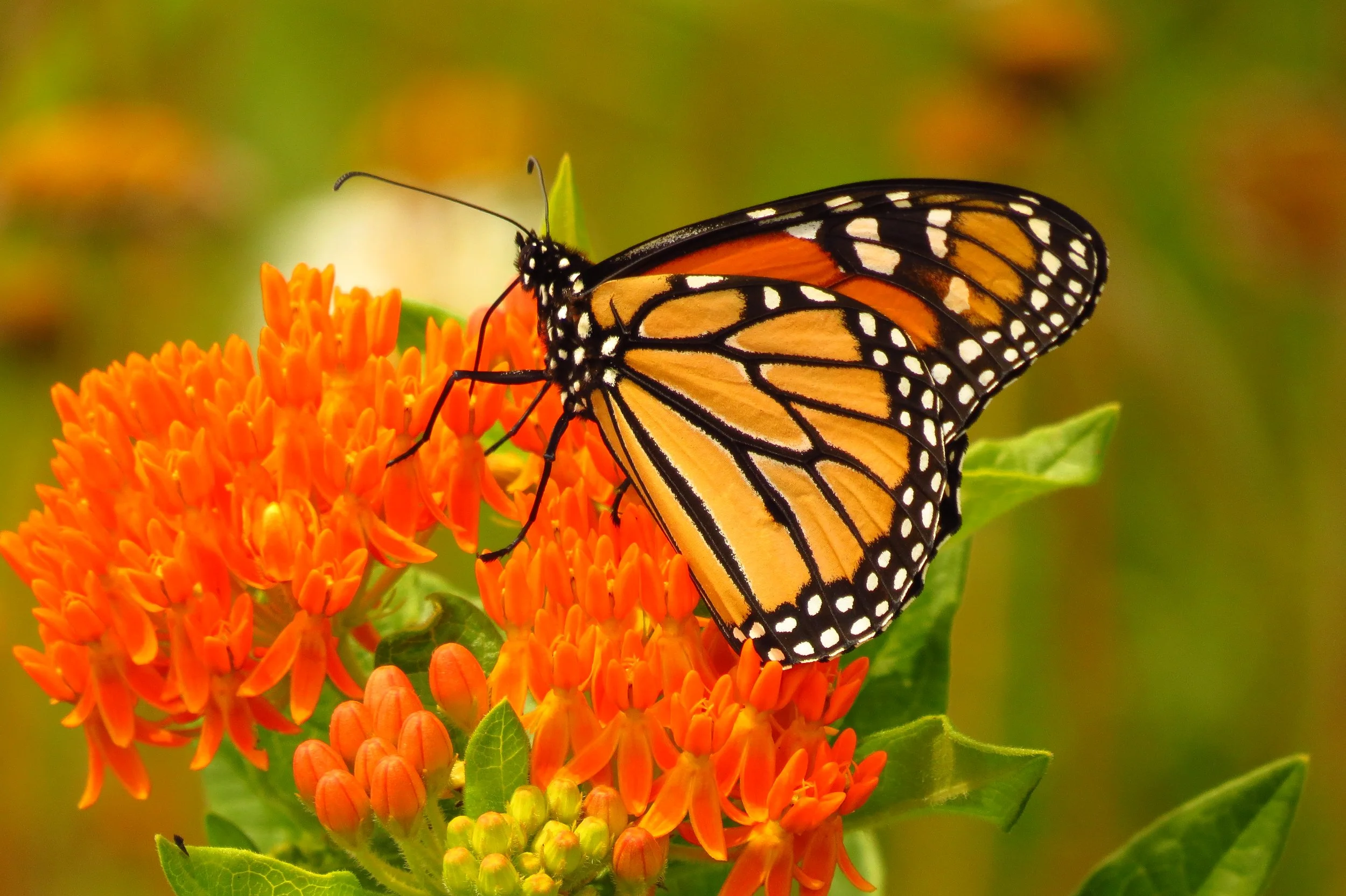To Mow . . . Or Not to Mow?
/A poorly timed scalping in late September along OH-328 near New Plymouth.
I was driving to town yesterday and noticed ODOT mowing the right-of-ways of OH-180 not far from my home. Actually, in places they were going well beyond the right-of-way, but that is a different fish to fry for a different day. Many people share this desire of trying to get in one last mow before the snow flies. What impact does this have on our local butterflies?
Well, it is not a positive impact. Most butterflies are in their overwintering form this time of year, whether that be a monarch flying south to Mexico, a swallowtail chrysalis hanging from the side of a perennial stem, or an emperor caterpillar safely snuggled inside a fallen, curled-up hackberry leaf.
At the side of the road, there are going to be swallowtail chrysalises clinging to vegetation and grass skipper caterpillars riding out the cold inside of the hollow stems of the grasses. Mowing now will successfully chop up into fine chunks all of next spring’s butterflies. Why? So that the snow will drift more readily across the road? No real benefit is gained by mowing now beyond the appearance of tidiness. Unfortunately, high quality wildlife management whether it be for birds, bears, or butterflies is inherently messy . . . and necessary.
“So when am I allowed to mow?” those in need of mow therapy may ask. From the butterfly perspective, the best time to mow is actually late spring. Once the weather begins to warm, most butterflies will begin to emerge from their chrysalises and most caterpillars will emerge from their grassy sleeping bags to begin feeding at the bases of the grasses. If you wait to mow until you see butterflies flying then you are in safe territory. Set your mower deck high so that it will cut higher than where the caterpillars are feeding at the base of the grasses.
In the case of roadsides, a single annual mow is not going to be acceptable. If there must be a mid-summer mow, for Ohio I would suggest early August. Any summer mow is going to cause significant collateral damage. However, typically in Ohio, at least southern Ohio, there is a large emergence of butterflies in late July or early August. If the mow can be timed for just after the emergence of that late brood, collateral damage will be minimized.
Of course, what is ideal is mowing once every couple years. Old fields that are no longer worked for farming or hay really do not need to be mowed except to keep the forest at bay. Burning rather than mowing is even better as it eliminates invasive species, which typically have shallow root systems, as well as woodies trying to get started.
Yes, I realize I am asking you to think outside of the traditions. But it is a good place to think!




















